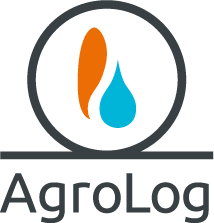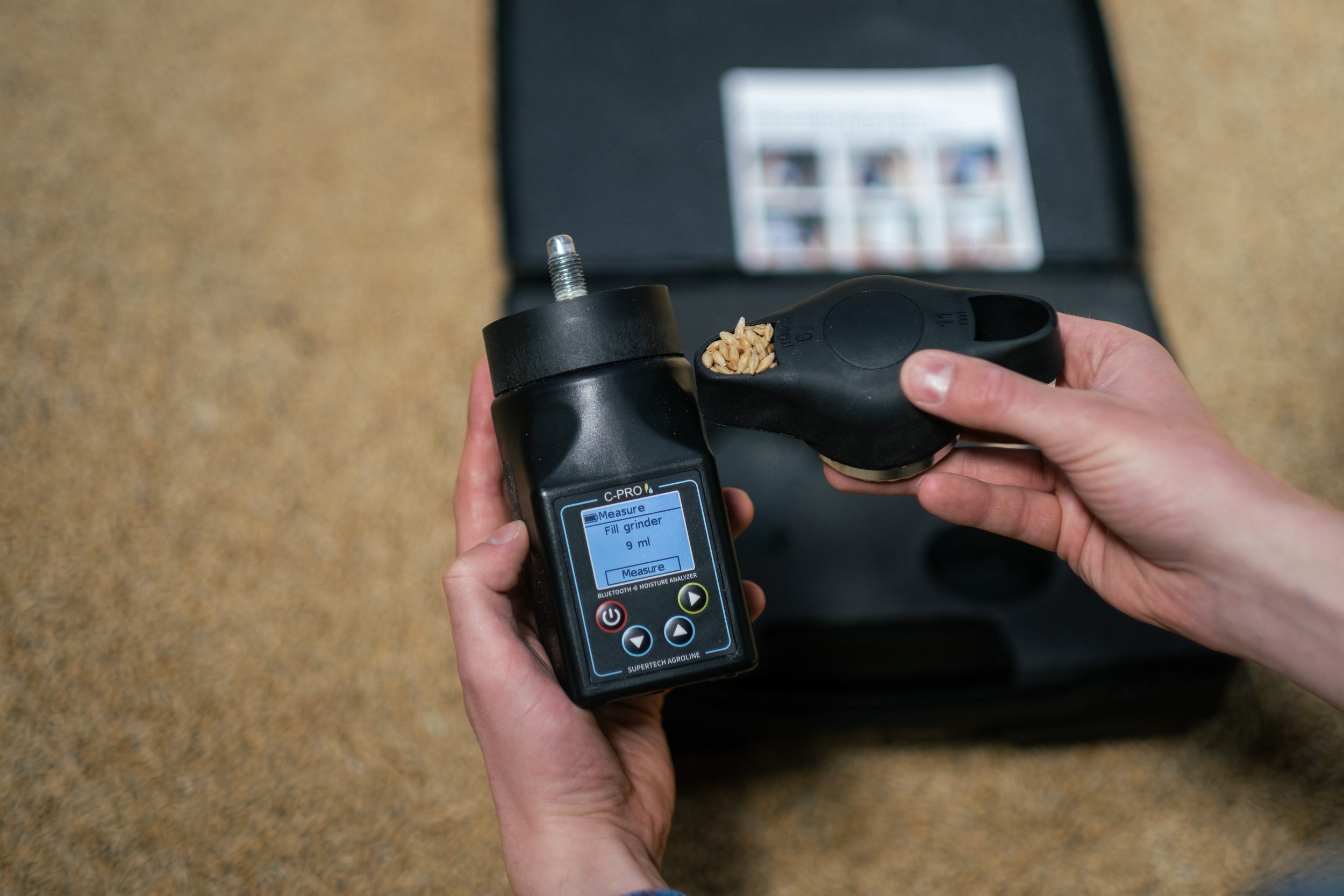Optimal Moisture Content of Corn
Corn is a staple crop with global significance, used in everything from food products to biofuels. One of the critical factors influencing corn quality and its subsequent uses is its moisture content. Understanding and managing the moisture content of corn is crucial for farmers, processors, and end-users. This blog post will explore why moisture content matters, how it's measured, and what optimal levels look like for various applications.
Why Moisture Content Matters
Storage and Preservation: High moisture content in corn can lead to microbial growth, spoilage, and reduced shelf life. Proper moisture management helps prevent issues such as mold and mycotoxin contamination.
Quality Control: For end-users, whether they’re food manufacturers or ethanol producers, the moisture level affects the consistency, processing efficiency, and overall quality of the final product.
Economic Impact: Moisture content can influence the weight and value of the corn at sale. Grains with higher moisture levels often result in lower prices due to the potential for quality degradation and additional drying costs.
Optimal Moisture Content of Corn
The optimal moisture content of corn depends on its intended use:
Harvesting: Ideally, corn should be harvested when its moisture content is between 15-20%. This range helps balance the risk of field losses and the costs of drying.
Storage: For long-term storage, corn should be dried to a moisture level of 13-15%. This reduces the risk of spoilage and insect infestation.
Processing: For processing purposes, such as milling or ethanol production, corn is often used with a moisture content around 14-15%. This facilitates optimal processing efficiency and product quality.
Tips for Managing Moisture Content
Monitor Regularly: Use reliable moisture meters or test samples regularly to ensure moisture levels are within the desired range.
Proper Drying: Implement efficient drying practices immediately after harvest to prevent excess moisture buildup. This may involve using grain dryers or other drying technologies.
Storage Conditions: Store corn in well-ventilated, dry conditions to maintain appropriate moisture levels and prevent mold growth.
Adjust for Variability: Different corn varieties and environmental conditions can affect moisture levels. Be prepared to adjust your drying and storage practices accordingly.
The Must-Have Tool for Corn Moisture Content: The Grain Moisture Meter
Managing the moisture content of corn is crucial for preserving its quality, optimizing processing, and ensuring safe storage. At AgroLog, we understand the importance of accurate moisture measurement, which is why our grain moisture meters are designed to deliver precision and reliability. In this blog post, we’ll explore how AgroLog's moisture meters can help you effectively manage corn moisture content and enhance your operations.
Advanced Measurement Technology: AgroLog employs state-of-the-art technologies in our grain moisture meters, including [specific technologies, e.g., electrical resistance, capacitance, infrared]. These technologies provide precise and reliable moisture content readings tailored for corn.
User-Friendly Operation: Designed with ease of use in mind, our moisture meters offer quick and clear results. Features like [specific features, e.g., automatic temperature compensation, digital displays] make moisture testing straightforward and efficient.
Durability for Field and Facility Use: Our meters are built to withstand various conditions, from harsh field environments to processing facilities. With robust construction, AgroLog’s meters are reliable tools for all your moisture measurement needs.
Versatility and Calibration: AgroLog’s moisture meters are versatile, capable of measuring moisture content in different types of grains, including corn. They come calibrated for various grain types, ensuring accuracy and flexibility in your operations.
Ready to improve your corn moisture management? Explore AgroLog's range of grain moisture meters and find the perfect solution for your needs.










